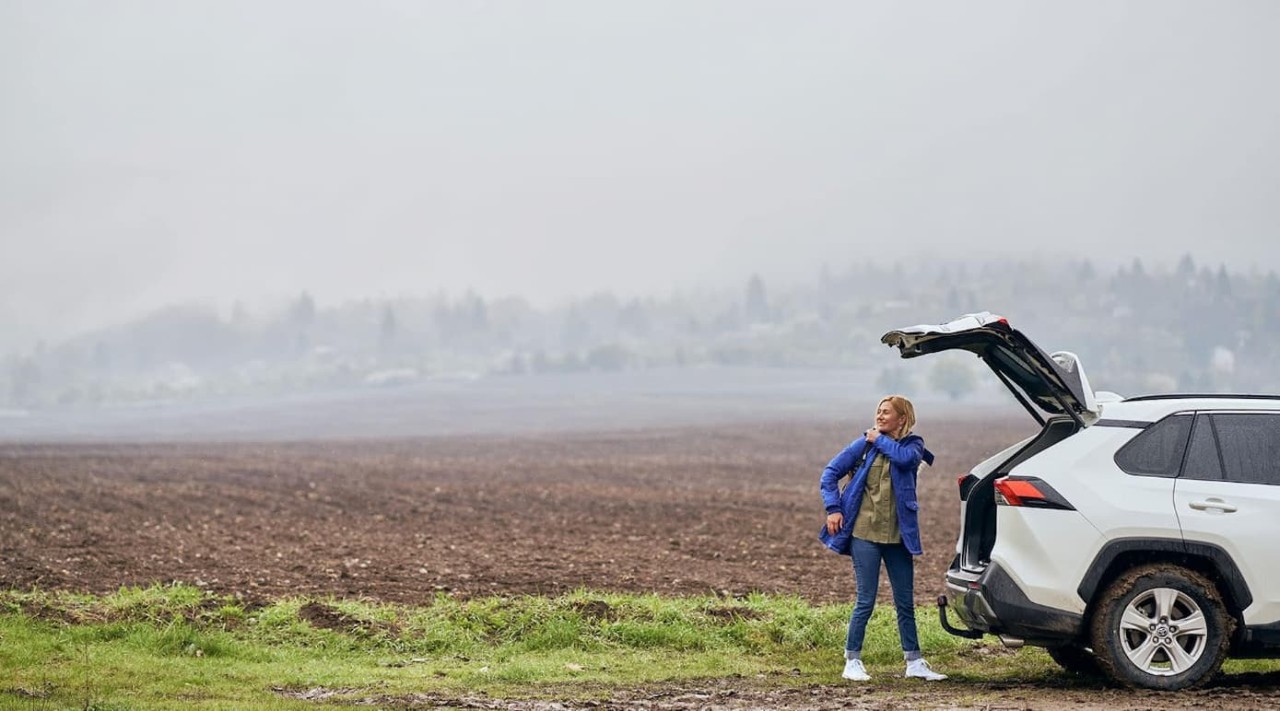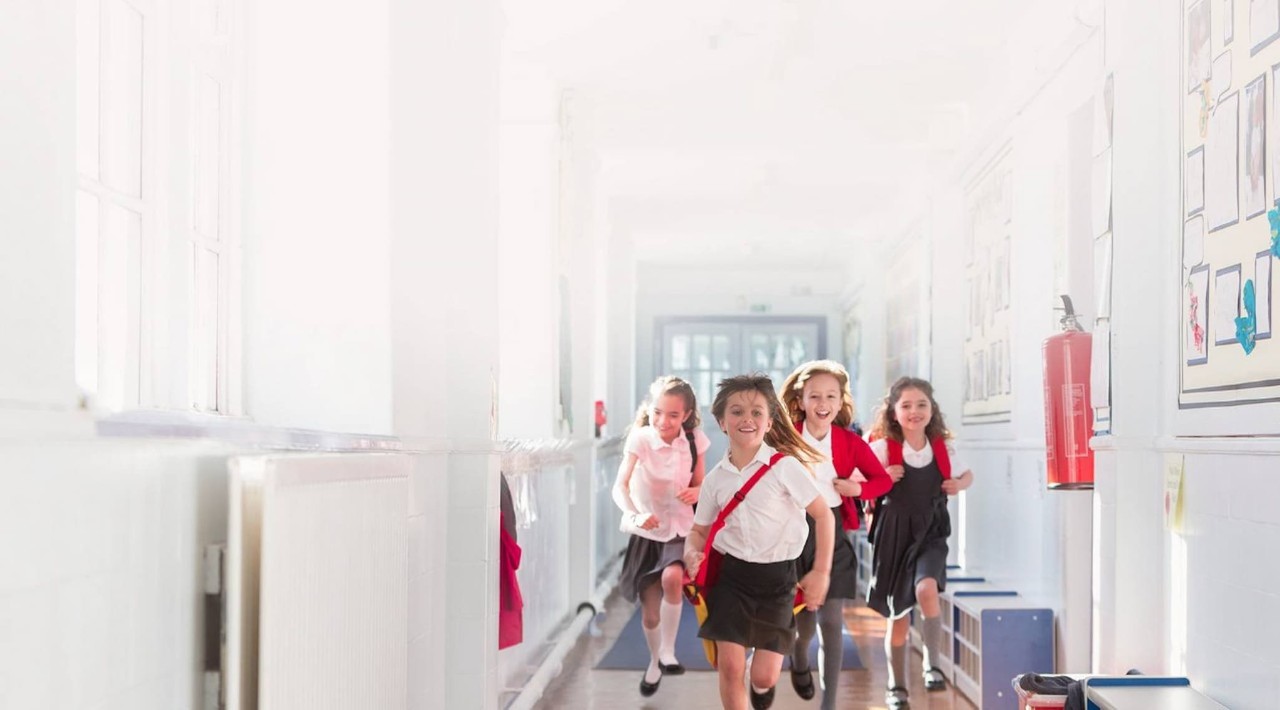Security in the School
Note : This chapter of the Guide is only intended as a guide to better understanding of your policy and of the actions that you must take in various situations. You must refer to your Policy wording and Schedule for precise details of your cover and all terms, conditions, limitations and exclusions applicable to it.
Vandalism, Theft and Arson
The wanton and apparently motiveless destruction or damage to property and petty theft are problems that confront many schools. Vandalism, theft and arson are different facets of a single problem from a security viewpoint and a great deal is preventable. To this end the emphasis should be on reducing the exposure rather than replacing or making good.
What are the main problems?
1. Malicious damage to glass, roofs and fencing.
2. General vandalism to the building
3. Petty theft.
4. Theft following break-in.
5. Arson.
Why is malicious damage / vandalism, theft and in particular “Arson” a problem?
It is unfair in most cases to make generalisations but there are some common trends which do arise:
(a) Schools are often isolated (even in built-up areas). In many cases they are not overlooked and have long periods of unoccupancy.
(b) They represent authority to the vandal. Children are attracted initially by the familiarity of the site often just to play but this can frequently develop into causing damage to the school.
(c) Most offenders are aged 8-15 years, usually male, live within 1km of the school and are frequently pupils or past pupils.
(d) Vandalism, theft and arson are usually more prevalent in urban areas, with some local variation suggesting different degrees of risk.
(e) The problem tends to be cyclical, in that incidents beget yet more vandalism, and then dissipates.
(f) Vandalism occurs in and out of school hours and is endemic to certain areas and schools. Major incidents tend to occur when the building is unoccupied.
(g) Poor design in many cases often magnifies the problem, which is then exacerbated by the type of security installed. In some cases site perimeter protection and building intruder alarm protection and detection is poor.
Easily accessible, often flat roofs are a feature. Recessed doorways and courtyards providing hidden and therefore vulnerable points are a further problem.
(h) Some schools have little resistance to fire spread and some contain combustible materials as part of their construction.
(i) Delayed detection and reporting of fire leading to extensive damage
(j) Lack of appropriate waste storage areas both internally and externally.
(k) Fires started deliberately can be particularly dangerous because they generally develop much faster. Of all the property risk-reduction measures, the most benefit may come from efforts to reduce the threat of arson.
What can be done to reduce the risk of malicious damage, theft and arson?
The school insurance policy requires the Board at all times to exercise reasonable care to prevent loss or damage to their property.
The Board should establish a dedicated security risk management group that could be independent of or indeed form part of the general health and safety function at the school. The size of the group would be dependent on the size and complexity of the school and could be made up of caretaker, teaching staff, member of the Board and perhaps pupils and parents.
This group needs to carry out their own “risk assessment” to identify ways in which intruders, could start fires, what the effect would be and how to prevent or reduce the risk.
School security protection falls into three broad categories:
1. Physical Security such as fencing around the school, locks and strong rooms.
2. Electronic Security - intruder alarms, sensors, CCTV.
3. Management / Housekeeping.
Can you explain?
Physical Security is most effective if used to keep people away from the buildings.
(a) Palisade Perimeter Fence
This is a much favoured option. Fencing is available in a variety of different materials, heights and quality. Perimeter fencing should not prevent surveillance of the school site. Fences over 2 metres in height may require planning permission. For effective security, fencing should be of security weldmesh, palisade or railings. The fencing should be to a height of 2.4 metres. If it is not feasible because of costs to fence the entire school site, including all playing fields then the fencing line should be brought in closer to the school buildings. Additionally, it is advisable to fence or gate any hidden courtyard or recessed areas that exist around the school building. Gates within perimeter fences must be to the same quality and height as the fence. Gates should be securely locked outside of the normal school hours. Padlocks should be good quality, close-shackle types. It is advisable, however, to check with both the local Fire Brigade and the Gardaí with regard to access to the site in the event of an emergency.
(b) Doors
Where possible external doors should be solid timber or steel and secured with good quality 5 lever mortise locks or equivalent. It is recommended that internal doors of the school building are left closed but unlocked at the end of the school day – except where they are security doors protecting high risk areas such as computer rooms, offices, science laboratories etc. which should be locked.
(c) Windows Windows are vulnerable targets for vandalism and are a common point of entry for intruders. Windows that are accessible from the ground, single storey flat roofs, external fire escape stairs etc should be fitted with key operated window locks, wherever possible, and procedures should be in place to ensure that the locks are locked at the end of the school day and the keys removed.
Particularly vulnerable windows can be protected by a variety of steel roller shutters or internal collapsible grilles that can be opened up during the school day.
Where windows are regularly maliciously broken by acts of vandalism, consideration could be given to replacing them with a form of PVC glazing. However, whilst the polycarbonate is virtually unbreakable, it is more expensive and flammable, unless specially treated and can be easily scratched. Also, since it is a flexible material is can be easily sprung from its fittings unless suitable fixings are used.
(d) Roofs
In the interest of both property protection and safety it is important to take all possible steps to prevent access onto school roofs. Unfortunately, there are many school buildings that are single storey with flat roofs.
Examples of preventative actions that could be taken include:
(i) Remove climbing aids such as low walls, railings, bins.
(ii) Replace round rainwater down pipes with square, plastic down pipes that fit flush to the wall or fit anti climb covers over the outside of round pipes.
(iii) Use anti-climb paint – however, only at heights above 2.4 metres and there should be clear signs in place to warn that the paint has been used – in order to prevent the soiling of clothes through innocent contact.
(iv) In particularly difficult areas consider using anti-climb devices. These comprise spikes that spin around on a horizontal bar. It is also possible to use strands of barbed wire. However, anti-climbing devices must only be used at heights and in locations where there is no risk of accidental injury to persons including trespassers. Again 2.4 metres would be a guide height here.
(v) Skylights should have their fixings strengthened by the use of non-return screws and metal grilles can be fitted internally.
(e) Strong Rooms
These should have masonry built walls, secure doors and roofs. They should be either intruder alarm protected or accessible from intruder alarm protected areas.
(f) Computer Equipment
The amount of valuable Computer Equipment in schools has increased tremendously in recent years. Mark all valuables by etching with the name of the school. Whilst it has become impossible to move all equipment to secure storerooms at night all attractive items of equipment should be in areas that are intruder alarm protected – and all items of equipment should be security marked with the name of the school.
Purpose built computer rooms should be on upper floor levels if possible with solid walls and secure door and windows. It should also be intruder alarm protected.
Other parts of the school will contain attractive I.T. items such as ceiling mounted multi-media projectors. In addition to ensuring that all rooms containing such equipment are covered by the intruder alarm system, it may be necessary to provide increased physical security by way of steel cages.
Where possible ensure that all portable electronic equipment, i.e. laptop computers, data projectors etc. are kept in locked, secure areas when not in use.
Electronic Security embraces a number of areas including:
(a) Installation of a comprehensive intruder alarm system at the school premises linked to a central monitoring station offers significant deterrent to a potential intruder.
Points to consider are as follows:
(i) Alarm company should provide the school with specification details of the system installed including type of detectors, where they are located and what type of signalling there is to the alarm receiving centre.
(ii) It is recommended that not only corridors and entrance foyers should be alarm protected, but also all rooms containing substantial amounts of attractive equipment such as computers.
(iii) It is advisable that there is signaling to a remote alarm-receiving centre so that the key holders and the Gardai can be informed of an activation as quickly as possible.
(iv) An approved alarm company should maintain the system.
(b)Security Lighting
Good lighting is particularly effective in areas of the school site which are easily visible from nearby housing or roadways.
To install lighting into areas of the school site which are not overlooked can sometimes have the detrimental effect of attracting wrongdoers to gather. Motion detection activated lights could be more cost effective from an energy consumption standpoint.
(c)CCTV
Installation of CCTV protection can further improve security. However prior to the installation of any system, careful consideration should be given to exactly what is expected of the system e.g. deterrent, identification, school management tool, safety of persons, recording, monitoring (on site/off site). Expert advice should always be sought from an approved contractor.
With the introduction of internet technology and high speed broadband off site monitoring of CCTV is now of better quality and far cheaper than previously. There is the real opportunity to make CCTV a preventative security tool, rather than one which produces hazy images of camouflaged thieves available the day after the theft has occurred. Additionally the provision of a loudspeaker facility for the monitoring center to audibly warn off intruders/trespassers would be a further enhancement.
Management embraces the way in which activities of maintenance and housekeeping are carried out. There is a relationship between the appearance of the school and the way it is regarded within the community. Schools that look neglected are more prone to vandalism, theft and arson.
Graffiti should always be cleaned up as soon as possible. Graffiti attracts more graffiti.
Carelessness can often be a contributory factor to losses, for example:
(a Equipment not securely stored away.
(b) Valuables not stored in strong rooms.
(c) Windows left open.
A good working relationship within the school, and well understood procedures are highly effective in reducing losses at little or no cost. In the creation of an image or ethos of care for the building, landscaping has proved to be of benefit.
Important: Establish and enforce key and alarm code control and lock up procedures for use of facilities.
What about the risk of Arson?
In summary measures to reduce the risk of Arson include:
(a) Deter and prevent unauthorised entry on the site. This can be done by use of signs, delineating the boundary of the premises, by use of robust security fencing, good security lighting, CCTV surveillance and a monitored intruder alarm detection system. Keep shrubs and trees around the building trimmed and under control.
(b) Deep recesses and alcoves are particularly vulnerable and ideally building alterations should be undertaken to eliminate such features.
(c) The weakest points of entry into the building are windows and doors. Clearly, means of escape must never be comprised but inspections should be carried out to ensure windows and doors are adequately secured after school hours and external doors fitted with approved locks. The local Crime Prevention Officer can provide advice on this subject.
(d) Refuse and Recycling receptacles should ideally be kept in a secure compound or alternatively secured by a padlock and chain to a post sited no less than eight metres from the building to prevent them being moved against the building and set alight.
(e) Obsolete combustible materials such as old tables/chairs should be stored in a secure compound or disposed of on the same day.
(f) Secure flammable liquids so that intruders can’t use them.
(g) Encourage neighbours to report anything suspicious or untoward going on at the school site. (h) Introduce a “School Watch” scheme similar to neighbourhood watch.
(i) Consider the use of security patrols – either irregularly timed visits or permanently on site between specific hours – if incidents are high. Permanent security patrols are expensive but they may be worthwhile for limited periods when the pattern of criminal behaviour is particularly bad at the school site.
Do you have any advice on security problems that may occur during normal school hours?
All visitors should be directed by means of signage to a single entrance door and reception point.
Access to other parts of the school building should, as far as possible, be prevented. Access control systems can greatly improve the day time security at schools – particularly national schools – by restricting unauthorized entry into the school building.
Where can we get advice?
Advice can be obtained from Allianz Education/Risk Management Team on any points relating to security and Allianz will, at your request, review and advise on any specifications for the installation of equipment. A Security Risk Assessment Checklist is included in the Appendices (Appendix 4) which should assist in completing your security risk assessment.
The Garda authorities will also be able to advise you and the Crime Prevention Officer will normally be available to call at your request.





